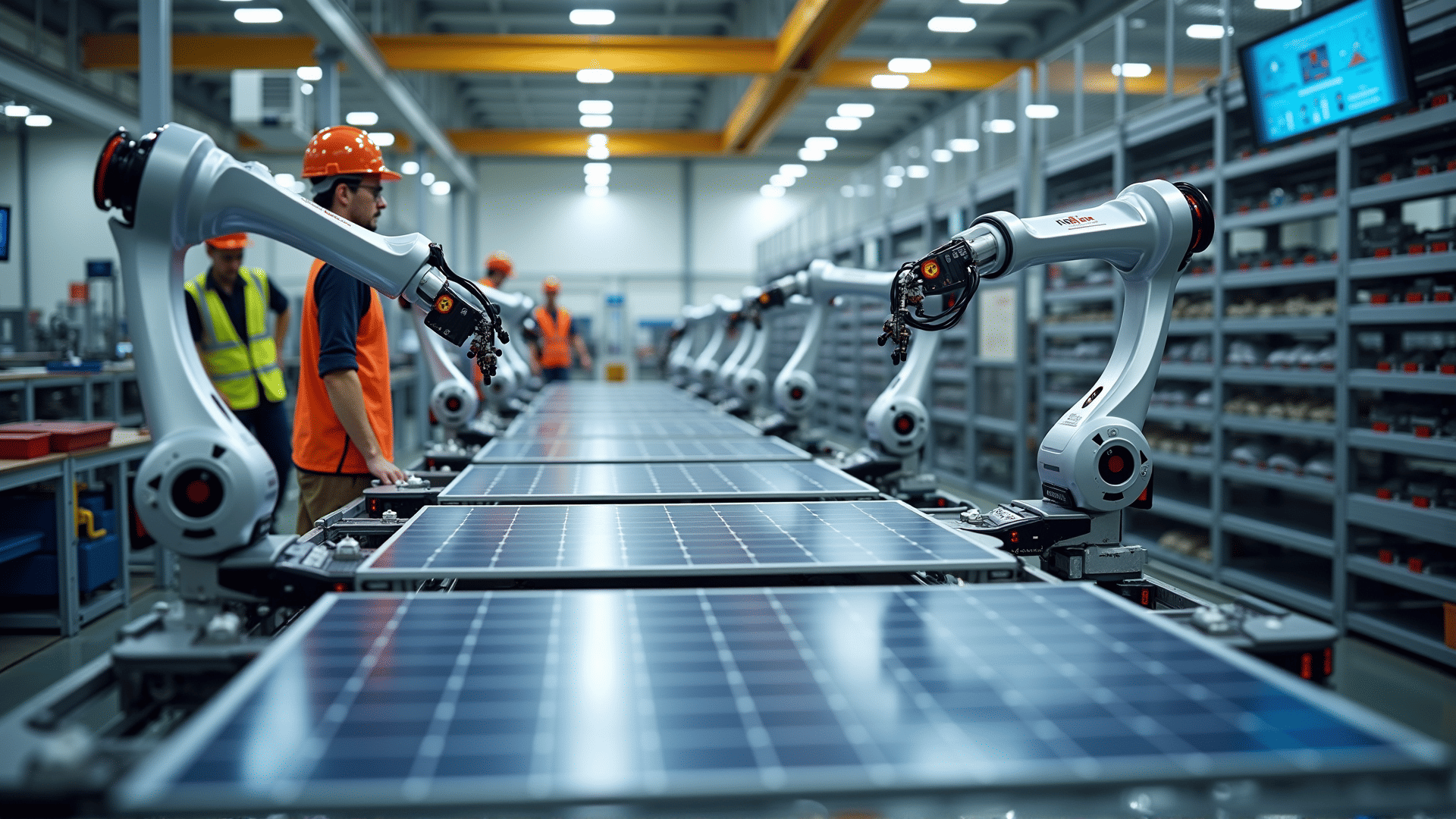In recent years, solar energy has risen to prominence as a pivotal player in the pursuit of renewable energy solutions. At the forefront of this movement is the advancement of solar manufacturing techniques that integrate revolutionary technology to produce top-tier solar components.
The modern landscape of solar manufacturing is characterized by innovation and efficiency. By leveraging state-of-the-art technology, manufacturers are setting new benchmarks in quality and cost-effectiveness. One of the key areas of innovation lies in the materials used for solar panels. Traditionally, silicon has been the dominant material. However, there's a growing interest in perovskite solar cells, which promise higher efficiency rates and lower production costs. These novel materials can be integrated with existing technologies, offering a promising enhancement to the current generation of solar panels.
Moreover, advancements in automation and robotics have transformed production lines. Automated systems now carry out precision tasks with minimal human intervention, significantly reducing the likelihood of error and enhancing overall efficiency. This technological evolution not only speeds up the manufacturing process but also contributes to consistent product quality, ensuring that solar components meet rigorous standards.
Another area of focus is sustainability within the manufacturing process itself. Innovators in the industry are increasingly committed to reducing waste and energy consumption. By adopting a circular economy approach, manufacturers aim to minimize the environmental impact of production. This includes recycling materials and utilizing eco-friendly practices throughout the manufacturing cycle.
The rise of digital twins and smart data analytics is also revolutionizing solar manufacturing. By creating digital replicas of physical systems, manufacturers can simulate and optimize processes before implementing them on the factory floor. This approach allows for real-time decision-making and enhances productivity by predicting potential issues and addressing them proactively.
Furthermore, the industry is witnessing a shift towards local production facilities. By setting up manufacturing units closer to consumption areas, companies can reduce transportation costs and carbon footprints. This decentralization strategy not only supports local economies but also ensures that solar components are readily available, reducing reliance on long supply chains subject to global disruptions.
Finally, the ongoing development of thin-film solar technology represents a significant leap forward. These lightweight, flexible panels open up new possibilities for integration into a variety of surfaces, making solar energy more accessible and adaptable than ever before. From solar-powered vehicles to building-integrated systems, the potential applications are vast and varied.
In conclusion, the solar manufacturing sector is experiencing a dynamic transformation, driven by a commitment to innovation, sustainability, and efficiency. As technology continues to evolve, the industry is poised to make substantial contributions to the global shift towards renewable energy, paving the way for a brighter and cleaner future.
